In an effort to bring you some new voices on Ottsworld, here is a guest post from blogger Mark Whitman. Mark has hiked all over the world and I asked him to write someone up on one of the harder hikes he’s done. He chose the Vilcabamba Trail to Machu Picchu – an alternative to the Inca Trail! All opinions and experiences expressed here are his. –Sherry
High in the Peruvian Andes of South America lies the incredible archaeological site of Machu Picchu. A UNESCO Heritage site that is both humbling and historical!
Hiking to the famous site using one of the various hiking routes available is an exciting and authentic way to experience the ‘Lost City in the Clouds!
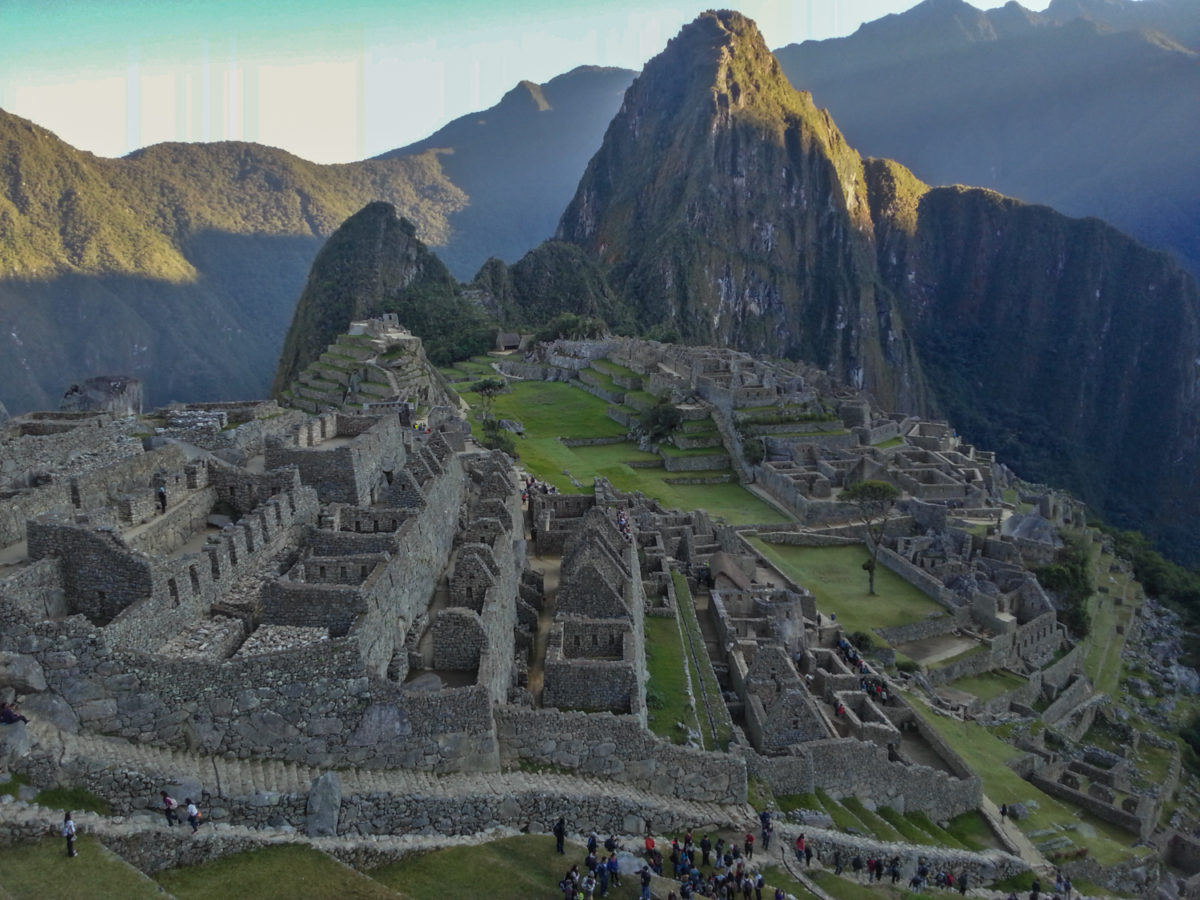
The Inca Trail is the most popular hike to Machu Picchu, but there are some amazing Inca Trail alternative routes, such as the Vilcabamba Trek. It is one of the toughest treks to Machu Picchu. It is so rarely used that you will most likely have the trail all to yourself.
Table of Contents
About the Vilcabamba Trek
Starting in the town of Cusco (3,400m), you can either find accommodation here or a better option is to descend to the Sacred Valley to get a more in-depth view of the local culture.
You’ll be hiking above 4,000m which means you will need to prepare for this high altitude before your trip. Stay in the town of Urubamba (2,800m) or Ollantaytambo (2,792m), which are both lower than Cusco, and this will make the acclimatization process easier. After at least 2 days acclimatizing, your Vilcabamba journey begins.
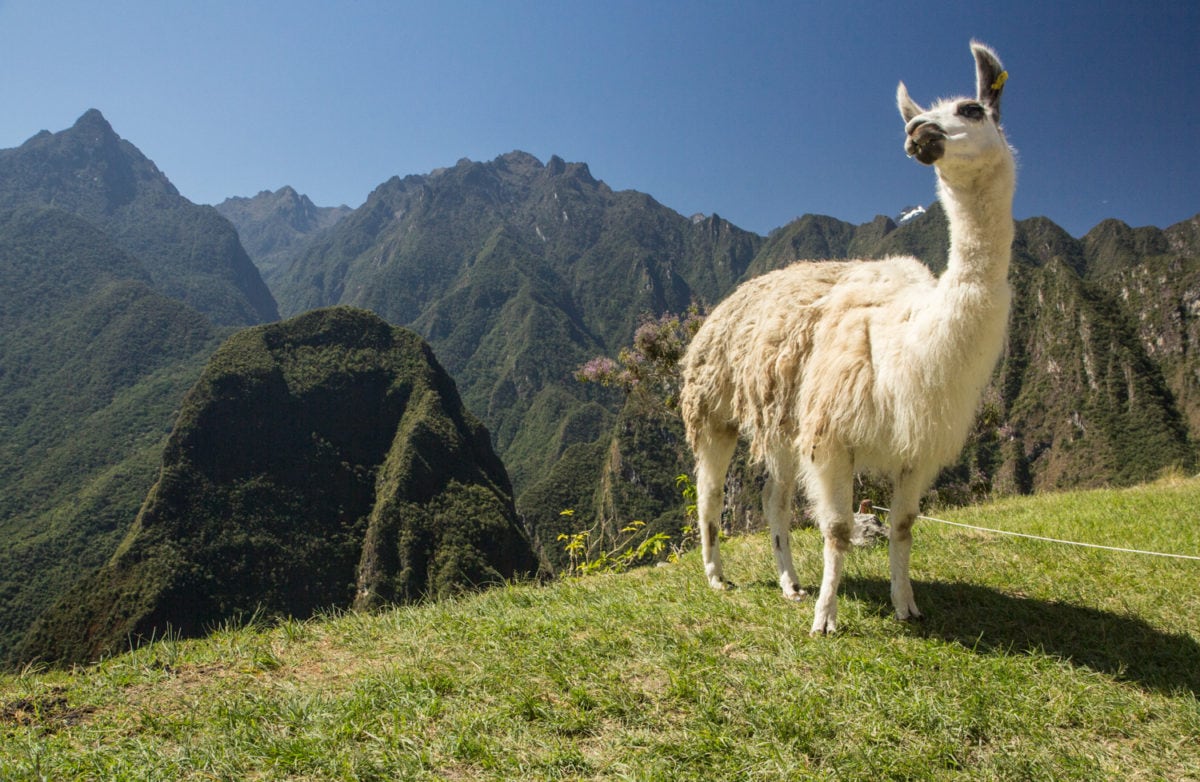
The trek takes you about 5 days to complete and is a total of 48kms long. The Vilcabamba trek takes you above 4,000m which means you will need to prepare for this high altitude before your trip.
The trek takes you about 5 days to complete and is a total of 48kms long. Before you take on any of the hikes to Machu Picchu, it is important to know about the symptoms of altitude sickness and the process of acclimatization. Suffering from the effects of altitude sickness can make for an unpleasant experience and possibly cut your trek short.
I would recommend going with an experienced tour operator as the route is remote and challenging, and not all paths are clearly marked. There are quite a few local guiding companies that offer the Vilcabamba itinerary. You can also find a local guide in Cusco, but I recommend pre-booking with a reputable company. You might pay more, but it reduces any risks. Some companies that I am familiar with include Kandoo Adventures, Apus-Peru, and Puma Path.
How Difficult is the Trail?
This is the most challenging trek to Machu Picchu. The trail is quite long, and you’ll be walking a fair distance every day. You’ll also be hiking up four high altitude passes! It may sound like a daunting task, but with some prior training and experience, and with proper preparation, people with a good fitness level can complete the Vilcabamba Trek. Some tour operators have an option to extend your trek by a day or two. If you are feeling weary of the distance and terrain then query this option with your tour operator.
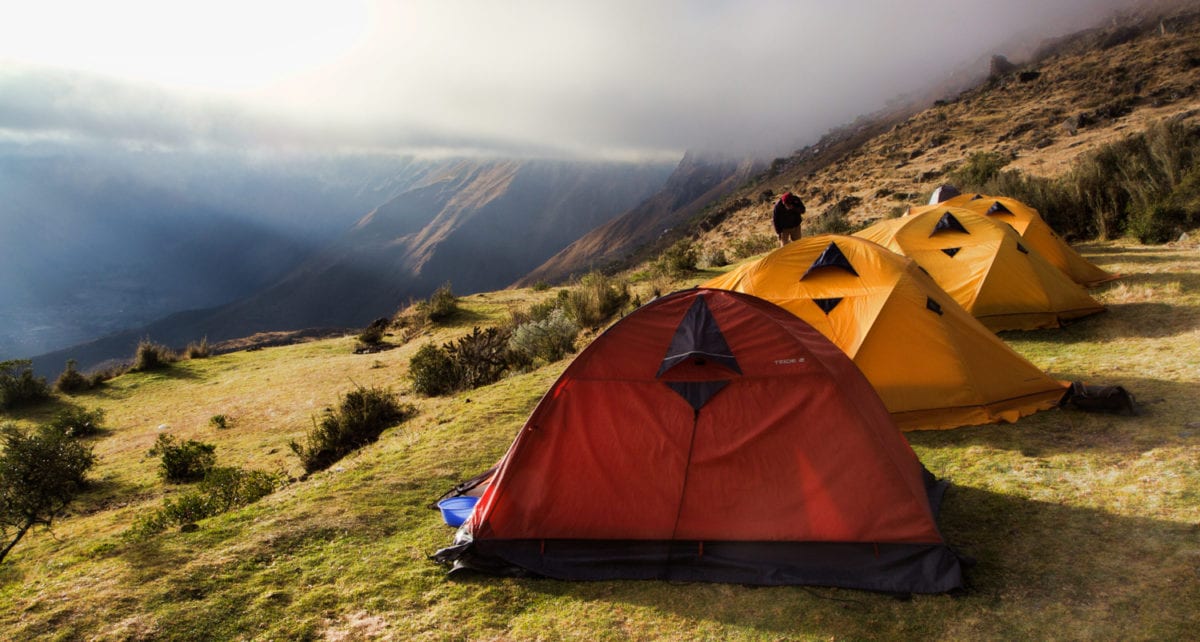
There are no official campsites on the trail. Some people find that this adds to the difficulty of the trail, but it sure makes for a real remote hiking experience. You will essentially be camping in the wild! You’ll need to bring enough food for the 4 days, however, your tour operator will organize and prepare the food for you. Typically, they’ll have a muleteer and a few mules to help with carrying gear and food, etc.
Don’t Leave Withougt This Essential Hiking Gear
I’ve hiked all around the world and have found some key gear that I take on every hike for every kind of weather. From backpacks to socks, check out my list of the best hiking gear out there!
Vilacabamba to Machu Picchu 5 Day Itinerary
DAY 1
There is more driving to be done today than hiking. Beginning in the town of Cusco, you will be transported to Ollantaytambo before making your way over the Abra Malaga Pass (4,316m). You will then head to Vilcabamba Valley and on to Santa Maria (1,890m), and then toward Huancacalle for the night. If your tour company hasn’t organized sleeping arrangements, there is a hostel at the end of the town. It charges 15 Soles for the night.
DAY 2
Today you travel from Huancacalle to Racachaca. Lots of hiking to be done today! Beginning with a 4-5 hour trek over Asuntina Pass, from where you will have the most incredible views of the river and valley below. Then down along the Inca Trail to the village of Pillaukasa 3,860m) towards your next overnight stay at Racachaca (3,570m).
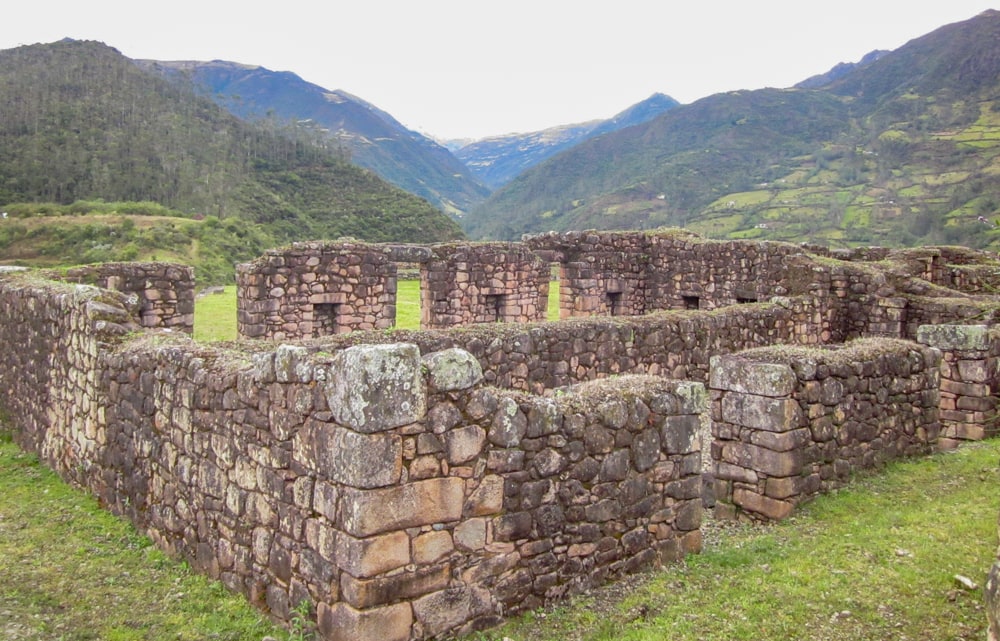
DAY 3
This is the toughest day on the Vilcabamba trail as you traverse three high passes. You’ll trek the Yanococha pass (4,420m) before heading down to Yanacocha Lake. Then you head up the second pass, Tullu Tacanca (4,500m) and finally Abra Mujun pass (4,100m). You’ll be staying overnight at Mutuypata (3,000m). If you’re heading on this trail during the months of October to April, keep in mind that the trail gets very muddy, so I recommend bringing along a trusty pair of taking gaiters.
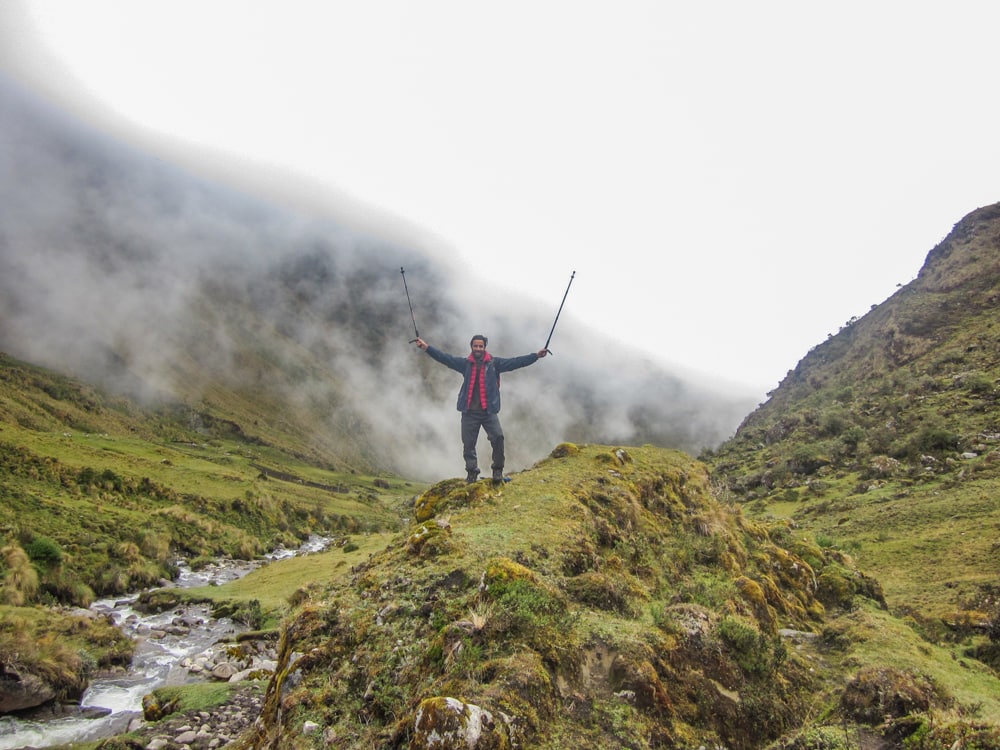
DAY 4
Your 4th day begins with a 5-hour descent to Yanatile village. You’ll pass through coffee and fruit plantations that the Vilcabamba trial is known for. From the village, you’ll catch transport to the Hydroelectric Station, grab some lunch and then continue hiking for 2 hours to the town of Aguas Calientes. Here you can stay overnight in a hotel or hostel and I highly recommend a soak in the famous hot springs in town!
DAY 5
The day you reach Machu Picchu! Getting up before dawn, you’ll catch a bus to Machu Picchu to witness the sunrise from the well-known Watchman’s Hut! Some operators will provide a tour of the ruins, or you can explore the ruins on your own.
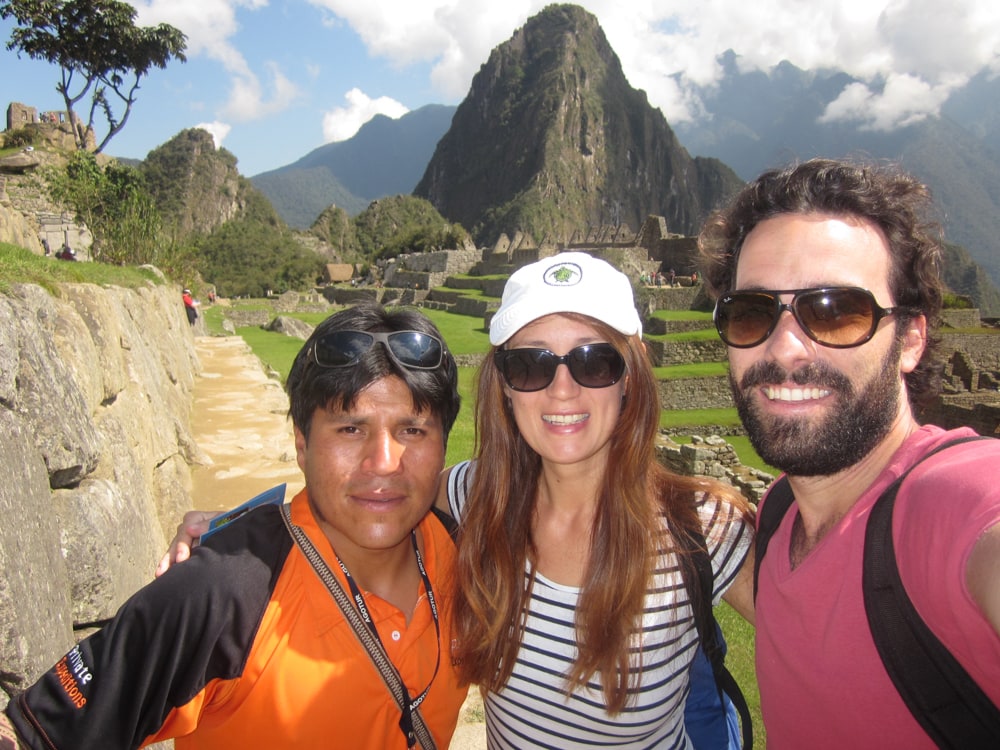
Something I can highly recommend when reaching the Machu Picchu ruins is to hike up Huayna Picchu. This is a large mountain behind the city which provides some of the most amazing views of the entire city. For this, you will need a permit, and these are limited so make sure to book far in advance.
Once you’ve soaked in the beauty of this lost world, you’ll head back to Aguas Calientes, from where you can hop on a train to Ollantaytambo and make your way back to Cusco.
Best Time to Hike the Vilacabamba Trail
For the best weather and the best experience on the Vilcabamba Trek you should plan your trip for any time between May to September. This is the dry season in the Peruvian Andes.
Typically, it is the busiest time of year on the Machu Picchu hiking trails and the famous site will be packed with tourists. However, you’ll still find this alternative Vilcabamba trek quiet and peaceful.
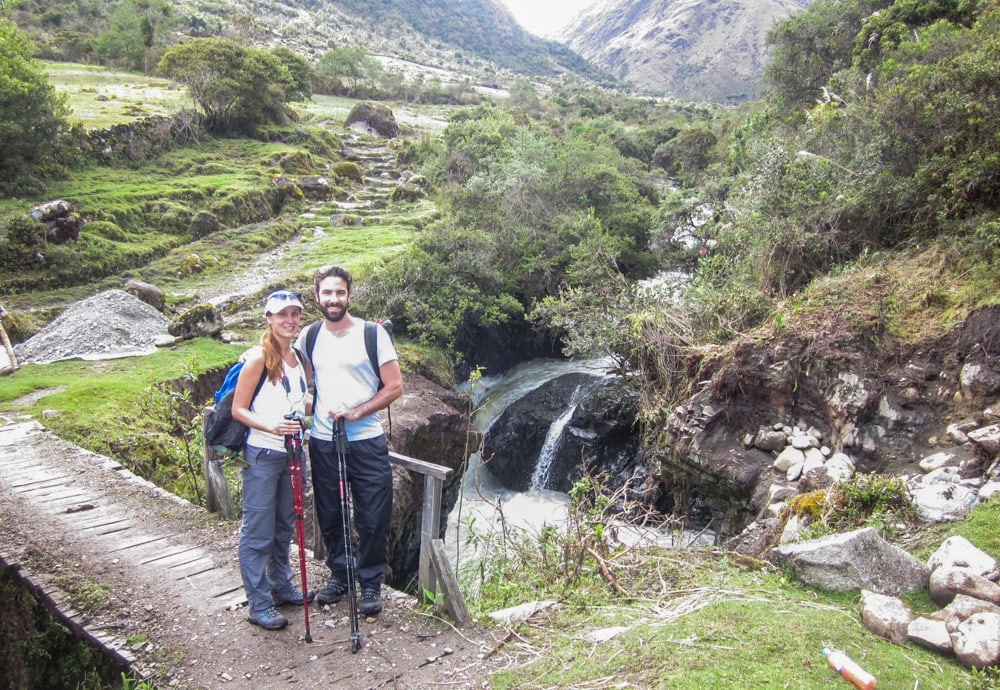
I suggest avoiding hiking during the months from October to April. This is when the area experiences their rainy periods and skies are filled with fog. It’s a good idea to take warm clothing whenever you decide to go because evening temperatures can drop drastically.
Go Off the Beaten Track
Despite the toughness of the Vilcabamba Trek, it truly offers one of the best hiking trails to Machu Picchu. And you don’t need a permit!
For real authenticity on some of the most well-preserved Incan trails, the Vilcabamba Trail has that and so much more. If you are looking for solitude, cultural experience and a bit of a challenge, then you should definitely choose this route for a real ‘off the beaten track’ hiking experience.
PIN IT FOR LATER!
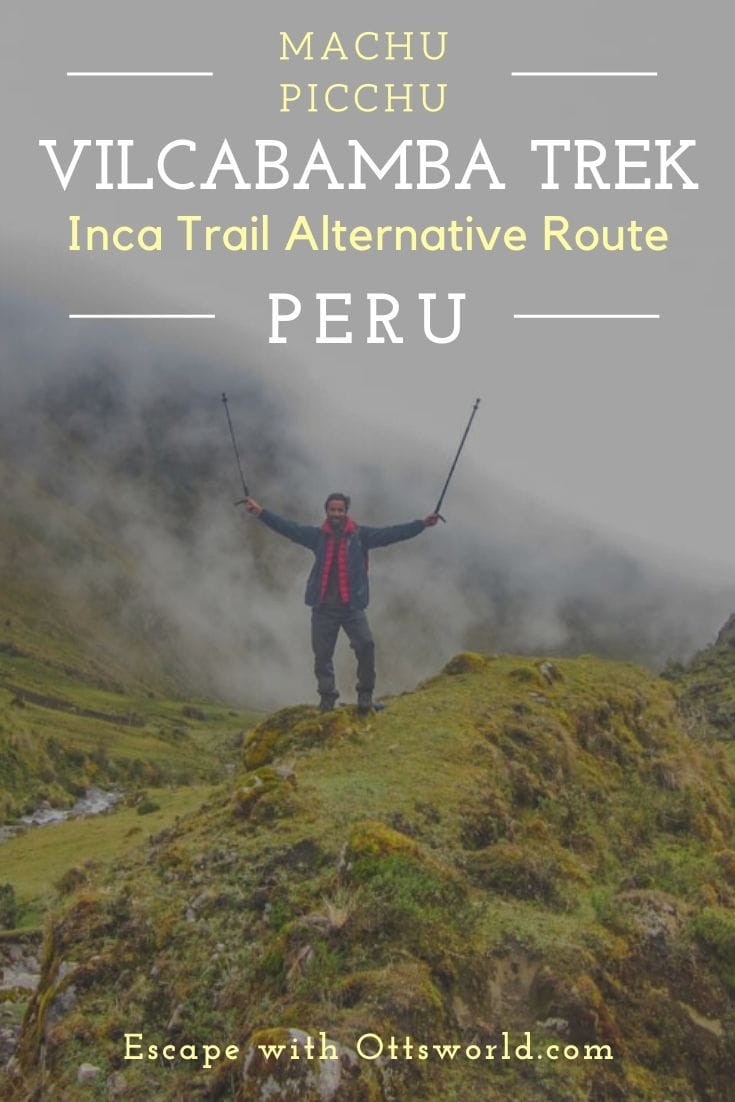
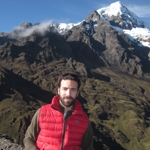
Meet the Author:
Mark is a travel blogger with a passion for hiking! An expert on alternative treks to Machu Picchu and high altitude trekking in general, he has trekked extensively in South America, Africa, Europe, and Asia. He created Mountain IQ to share his best trekking adventures with others hiking enthusiasts from around the world. Check out the Mountain IQ Facebook page to keep up to date.

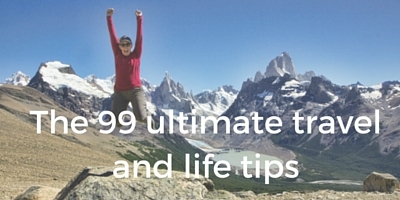
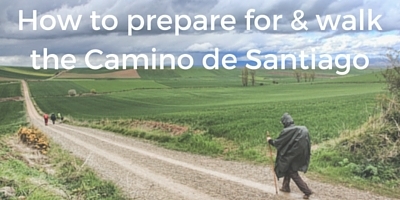

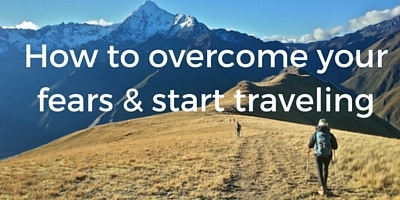

By Simon November 15, 2019 - 7:07 am
I absolutely had no idea about this alternative route. This seems to be more interesting. Thanks for sharing.